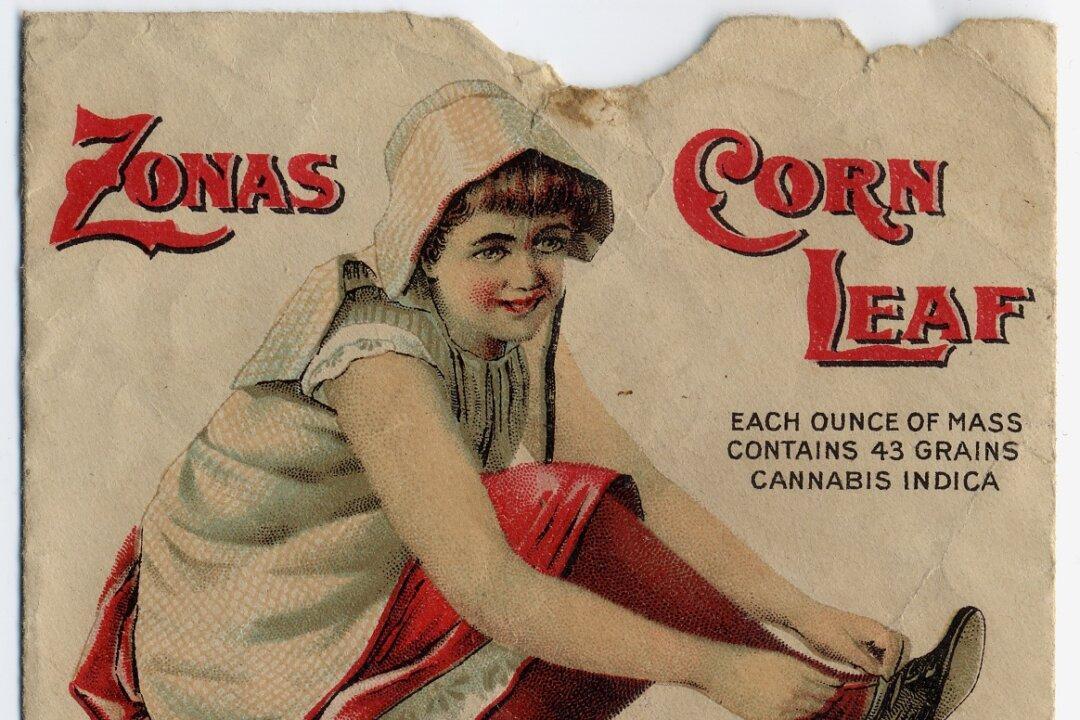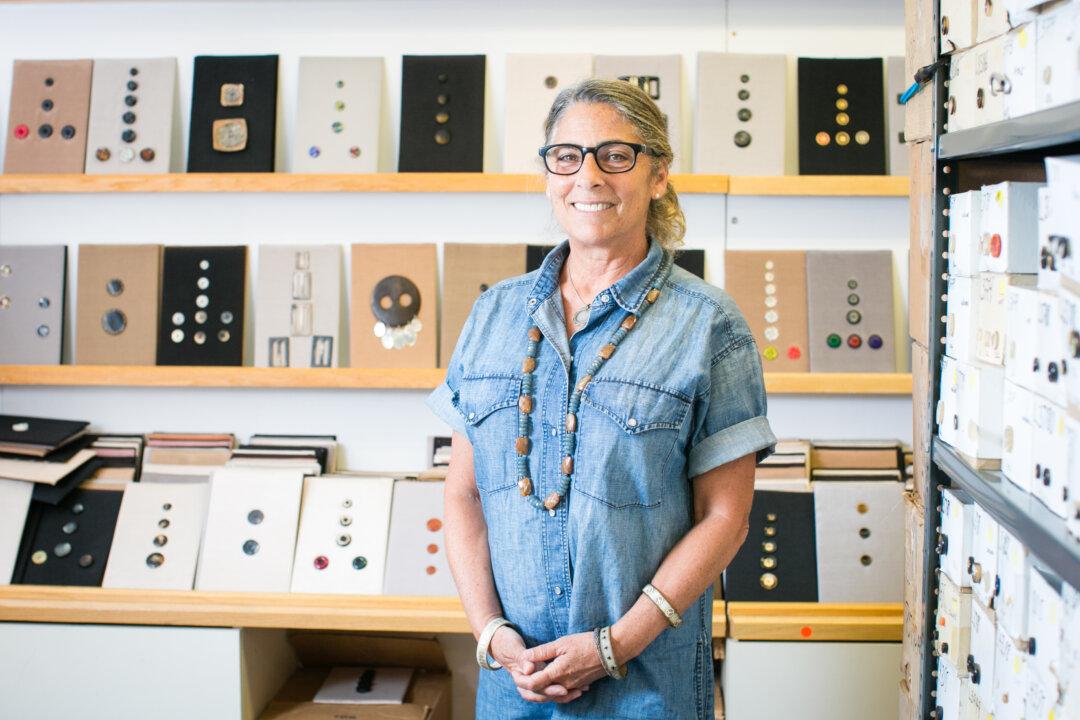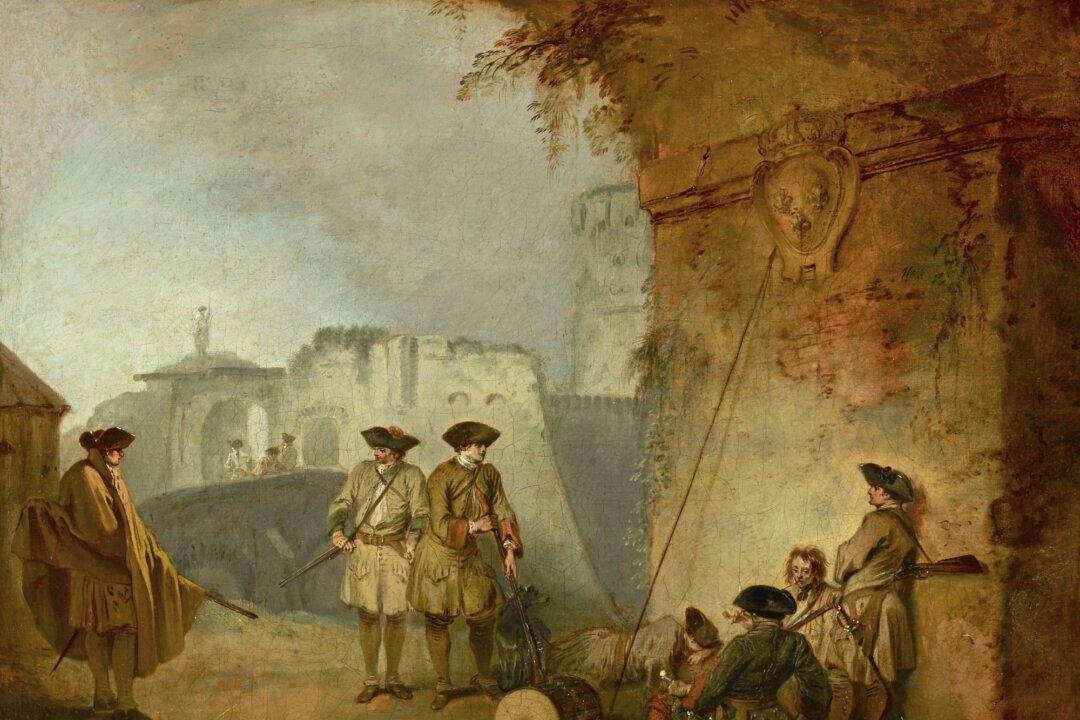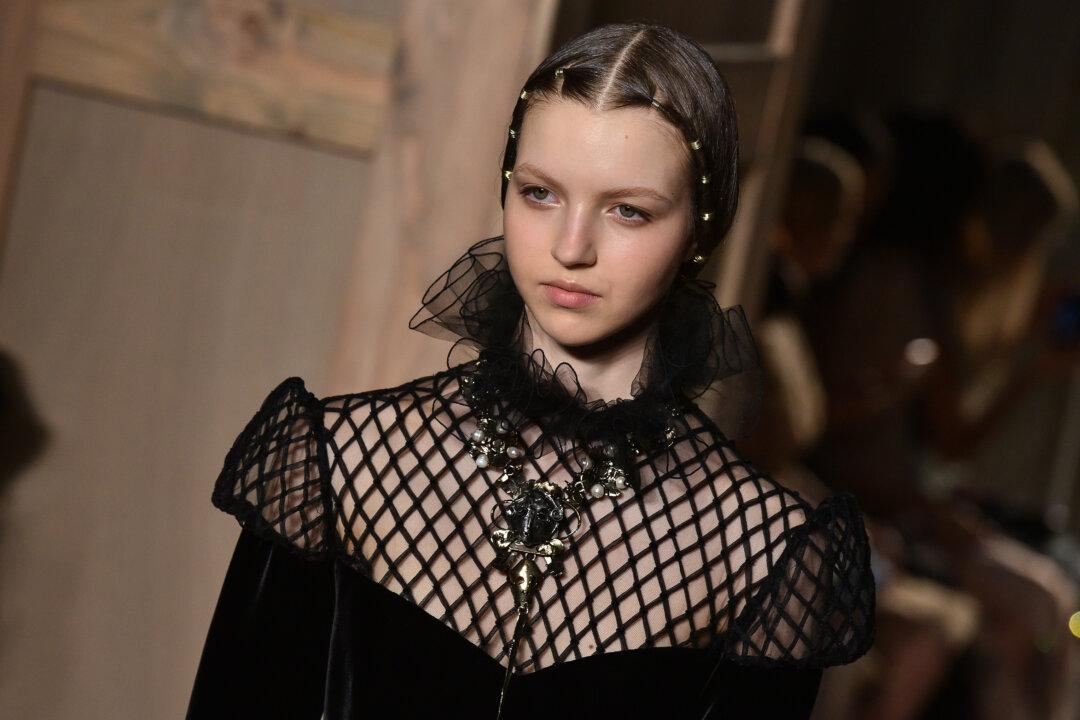More often than not, one will see a portrait of Marie Antoinette before, if ever, getting to know the name of Elisabeth Louise Vigée Le Brun (1755–1842)—one of the finest 18th century French painters and among one of the most important women artists in history.
Vigée Le Brun was catapulted to fame when, at the age of 23, she was summoned to Versailles to paint Marie Antoinette (1755–1793), who was a few months younger than Vigée Le Brun.
For the first time, and possibly the last, this full-length life size portrait of Marie Antoinette hangs in the current exhibition Vigée Le Brun: Woman Artist in Revolutionary France at the Metropolitan Museum of Art alongside two other life size portraits of Marie Antoinette.
The 80 works on view are mostly paintings and a few pastels from the self-taught artist who defied all convention and reached unprecedented success not just in France, but in nine other countries throughout Europe.
Eighteenth century painting is not currently at its peak of popularity, remarked Katharine Baetjer, curator in the museum’s Department of European Paintings, hence her great surprise at the unexpected press preview turnout on an early, snowy February Monday morning. In Baetjer’s 40-year career at the Met, it was her first retrospective on a woman artist of the period.
Surrounded by Vigée Le Brun’s work, the reason for her appeal is immediately obvious. The artist captures her subjects in suspended animation, as if they just turned to us, and are about to complete a sentence in a long and candid conversation.
An Engaging Mind
Her painting of Controller General of Finances Charles Alexandre de Calonne (1784), shows her subject in a sumptuous setting with a slightly bemused and relaxed expression. It is an exercise in the artist’s technical virtuosity in rendering a veritable cornucopia of the most challenging textures—from rich crimson brocade to silk satin, lace, the writing quills on Calonne’s gilded desk, and finally his sculptural, sensual hands that belie nothing of Vigée Le Brun lack of formal training.
Portrait paintings often suffer from a mask-like rigidity. It is the inevitable result of the sitter adopting an appropriately authoritative posture which, when considering that it must be maintained for prolonged periods of time, only adds to the artist’s challenge of capturing the subjects real character.
This is understandable, since most portrait painting was commissioned for contemporary propaganda and, later, for posterity. The forbearance of boredom was never factored into the outcome of the royal, or less than royal, highnesses’ resulting portraits. Vigée Le Brun knew better.
She was very interested in giving her sitters a good experience; in her memoirs she wrote that her clients should be comfortable. This is evident as her subjects are almost always leaning on something.
Even when they don’t, she manages to render her subjects in a lively and expressive way. Her painting of Countess Varvara Nikolayevna Golovina, (circa 1797–1800) captures the countess’s keen curiosity, which the artist wrote about in her memoirs.
“It was very important to be able converse with your clients, and entertain them, and if you did, in return, you got a more lovely image. It has to be assumed that that it is one of the reasons that she was so gifted at portraiture and that her sitters appear so lively,” said Baetjer.





